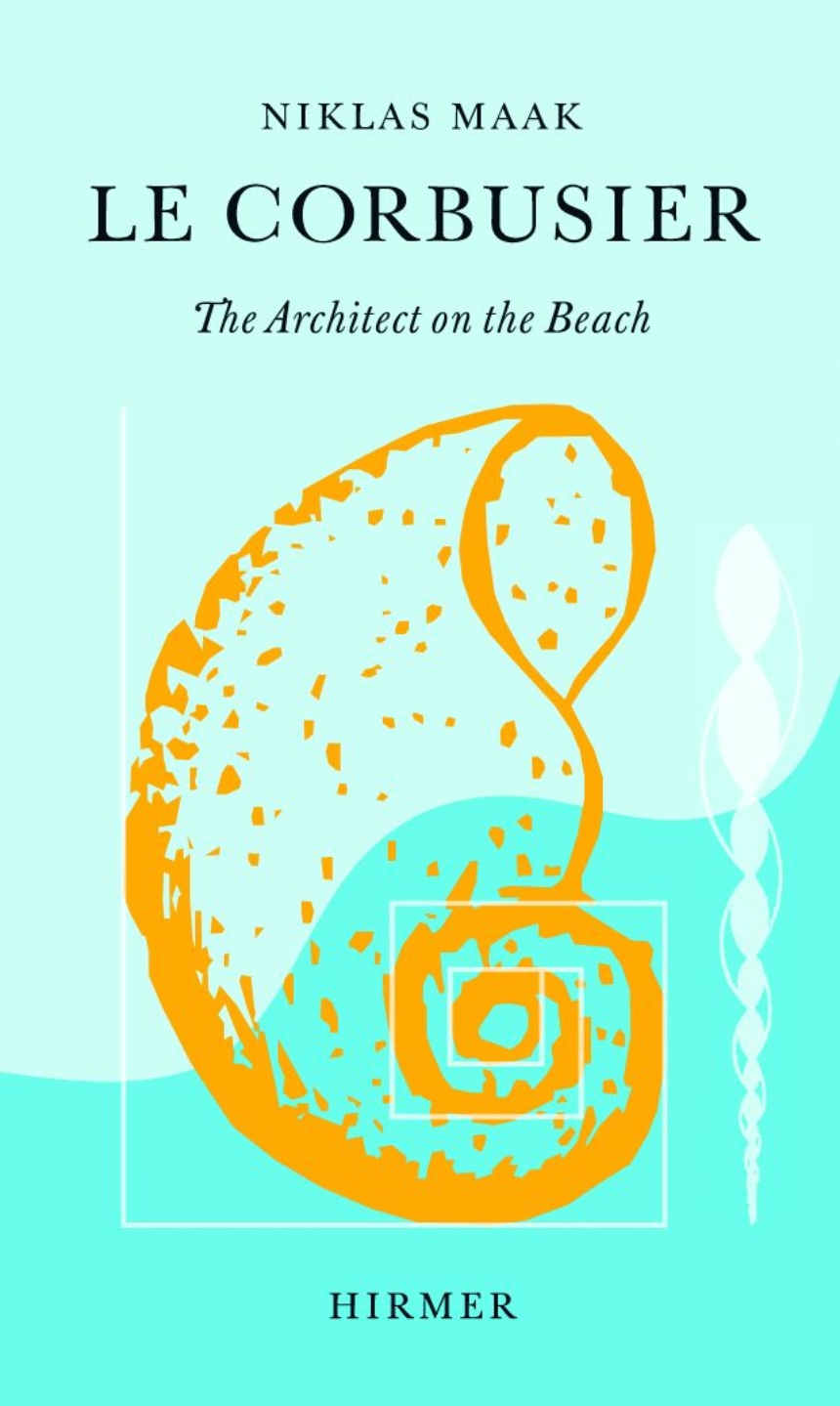The mastermind behind what he termed beautiful and functional “machines for living,” Le Corbusier has long been recognized as one of the foremost figures in the international style of architecture. Yet, beginning in the 1940s, the famed architect and urbanist increasingly took modernism in a new direction that has until now been insufficiently considered—and little understood.
Dispensing with his trademark suit and bowtie, Le Corbusier was spending increasing amounts of time at the shore in the 1940s, collecting stones, shells, and other jetsam, and enjoying the works of the philosopher and ardent shell collector Paul Valéry. And it was here that the seemingly hyper-rational architect developed a revolutionary new theory of design, built around these polished and splintered shapes. Stating that nature was the source of his inspiration, Le Corbusier embarked on a meandering odyssey through the literature and esoteric writings of his day, going on to produce such unorthodox projects as Chandigarh’s Palace of Assembly and the strange and beautiful Ronchamp Chapel in Paris, whose roof is said to have been modeled after an inverted crab’s shell.
The development of Le Corbusier’s new approach not only changed modernism but also inspired—and continues to inspire—new shapes and lines in the work of a host of architects. In this superbly written and accessible piece of architectural history, Maak develops the intricate story of a breakthrough in architecture that began on a beach.
Reviews
Table of Contents
Foreword
1. The Beaches of Modernism
2. The Other Oeuvre
3. Shell Passages
4. Architecture and Literature: The Architect as ‘Poet’
5. Le Corbusier and Paul Valéry
6. From Palissy to Ronchamp: The Prehistory of the Architect on the Beach and the Invention of a New Notion of Space
7. Ronchamp as a Philosophical Construct
8. The Architect on the Beach and the Consequences: A Short Postscript
Notes
Bibliography
1. The Beaches of Modernism
2. The Other Oeuvre
3. Shell Passages
4. Architecture and Literature: The Architect as ‘Poet’
5. Le Corbusier and Paul Valéry
6. From Palissy to Ronchamp: The Prehistory of the Architect on the Beach and the Invention of a New Notion of Space
7. Ronchamp as a Philosophical Construct
8. The Architect on the Beach and the Consequences: A Short Postscript
Notes
Bibliography

